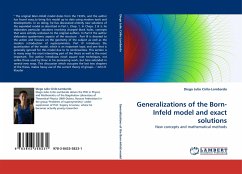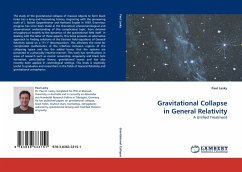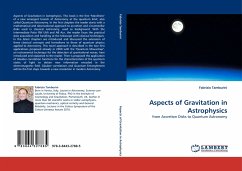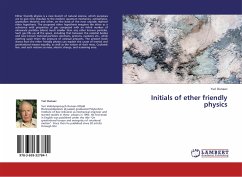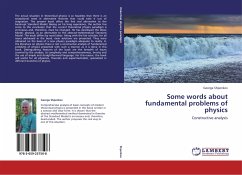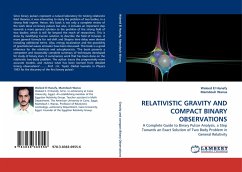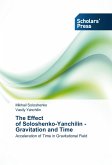" The original Born-Infeld model dates from the 1930's, and the author has found ways,to bring this model up to date using modern tools and developments. In so doing, he has discovered entirely new solutions of the expanded model as described in Part I, Chap. 1. In Chaps. 2 & 3, he elaborates particular solutions involving charged black holes, concepts that were entirely unknown to the original authors. In Part II the author elaborates quaternionic aspects of the structure . Part III is devoted to the action and focuses on the geometry of the subject as well as the modern introduction of supersymmetry. Part IV introduces the quantization of the model, which is an important topic and one that is generally ignored for this model due to its nonlinearities. This section is in many ways the most interesting part of the thesis as well as the most important. The author introduces novel square root techniques, not unlike those used by Dirac in his pioneering work, but here extended in several new ways. This discussion which occupies the last two chapters of the thesis, makes heavy use of the current theory of groups..." John R. Klauder

